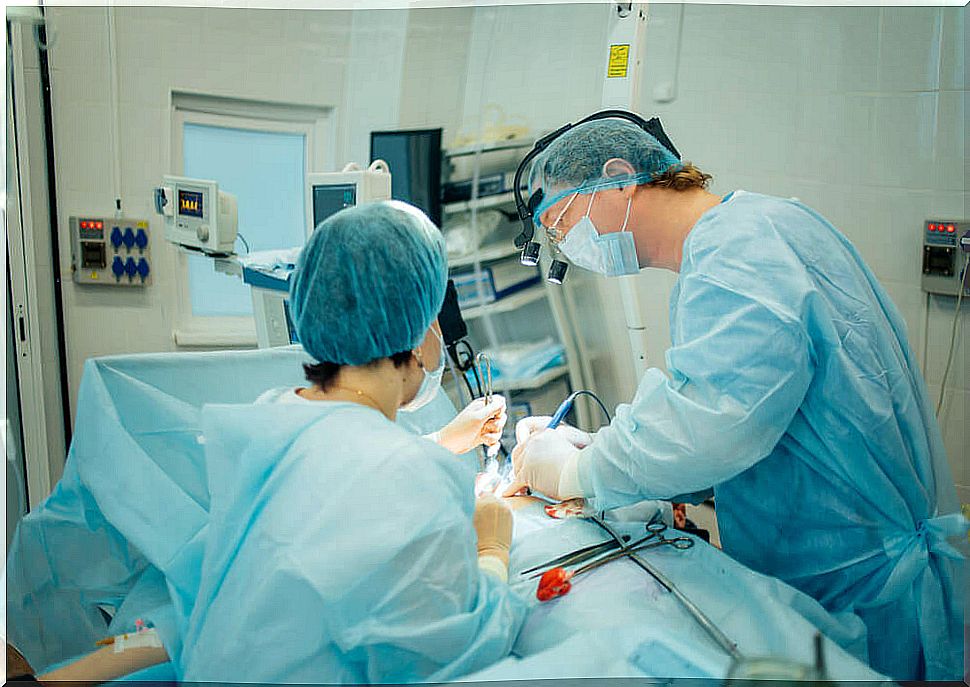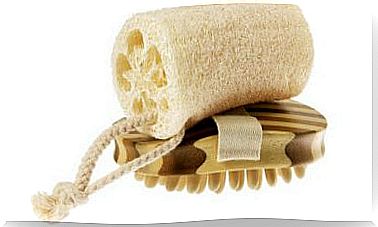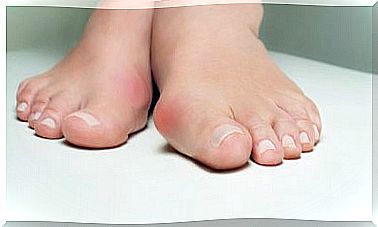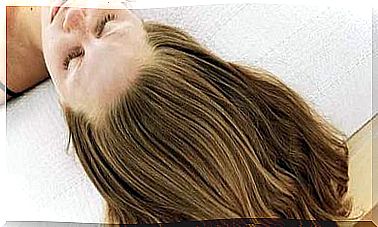Adhesive Capsulitis: Causes And Treatment
Frozen shoulder, also called adhesive capsulitis , is a condition that manifests itself gradually (that is, it becomes more intense as time passes) and is characterized mainly by causing stiffness and a significant decrease in movement of the shoulder. At the same time it produces pain.
Lack of movement usually makes the problem more intense, for this reason, it is important to see a doctor to give it adequate treatment from the beginning. Are you interested in knowing more about it? In that case, do not stop reading what we are going to tell you next.
What is adhesive capsulitis?
The shoulder is a joint made up of bones, ligaments, tendons, and synovial fluid. All these structures are “encapsulated” within a connective tissue or capsule. The main task of the shoulder capsule is to protect the joint and facilitate the movement of all the structures that make it up.
When this capsule hardens and thickens, it restricts the movement of the bones, ligaments, and tendons. This is what is known as frozen shoulder or adhesive capsulitis.
Adhesive capsulitis usually begins very slowly and has three well-defined phases that, combined, can last up to 3 years:
- Initial / inflammatory phase : lasts from 2 to 9 months. The pain is very intense, especially at night. Motion limitation begins.
- Intermediate / stiffness phase : lasts 4 to 12 months. The pain lessens. The shoulder stiffens, moving it is more difficult.
- Resolution / Defrost Phase : Range of motion begins to regain.

What are the causes of adhesive capsulitis?
There is no specific cause for this disorder. However, there are several factors that predispose the development of frozen shoulder :
- A period of immobilization : This can happen after a fracture or surgery. Also during recovery from a shoulder injury.
- Systemic pathologies : certain diseases have a tendency to develop adhesive capsulitis, such as:
- Diabetes, especially insulin-dependent or type 1.
- Hyper or hypothyroidism.
- Cardiovascular problems.
- Tuberculosis.
- Parkinson.
- Age and sex : people over 40 years of age and, particularly, women.
Do you have treatment?
Treatment will depend on the phase you are in. At first, the priority is to decrease pain and maintain range of motion as much as possible. Then the priority is to gain the lost range of motion.
The most common treatments for frozen shoulder include physical therapy, and NSAIDs and corticosteroids.
Physiotherapy
In a study with more than 2000 patients with frozen shoulder, it was observed that patients improve when doing mobilizations and exercises. A much smaller percentage improves after massage, iontophoresis or ultrasound.
Ideally, the exercises should be combined with other treatments, but active movement is the main thing. Other physical therapy techniques include electrotherapy, laser, or deep heat. Ultrasound has not been shown to decrease pain or improve range of motion in frozen shoulder.

Non-steroidal anti-inflammatory drugs (NSAIDs)
They are usually prescribed orally or as intra-articular injections. They are used to reduce pain, allowing the shoulder to move more. This is ideal for the first phase, where you want to reduce pain but maintain range of motion. However, this effect only lasts for a couple of weeks, with no long-term benefits.
Corticosteroid injections
These injections greatly reduce pain in the short term, allowing the shoulder to move more. This effect usually lasts a maximum of 6 weeks and is most effective in the first phase.
Surgical treatment for adhesive capsulitis

This is the last step. It is considered only in patients who have not had improvement after a year doing conservative treatment and with severe symptoms. If there is improvement during this period, surgery should not be performed.
recommendations
We do not know exactly what causes adhesive capsulitis, but there are factors that predispose to its development. It usually improves naturally, although it takes a long time. Therefore, the treatment is aimed at making this process as manageable as possible. What offers more benefits and less cost is to do therapeutic exercise, assisted by the physiotherapist.
If you suspect a frozen shoulder, see your primary care physician for an evaluation and treatment plan based on your symptoms.









